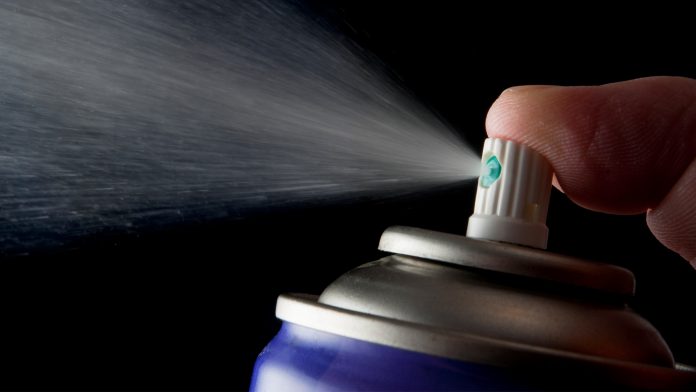Using game theory, aerosols and AI methods, researchers have predicted the behaviour of chaotic systems.
If a poisonous gas were to be released as part of terrorism attack, the ability to predict the path of its molecules, through turbulent winds, temperature changes and unstable buoyancies, could mean life or death.
Using the motion of aerosol particles through a system in flux, researchers from the McKelvey School of Engineering at Washington University in St. Louis have devised a new model, based on a deep learning method, that can help researchers predict the behaviour of chaotic systems.
“That is the beauty of aerosols,” said Rajan Chakrabarty, assistant professor of energy, environmental and chemical engineering.
“It’s beyond one discipline, it’s just fundamental particles floating in air and you just observe the chaos,” commented Chakrabarty.
Chakrabarty and his team—postdoctoral researcher Pai Liu and Jingwei Gan, then a PhD candidate at the Illinois Institute of Technology—tested two deep learning methods and determined that the generative adversarial network produced the most accurate outcomes. This kind of AI is first fed information about a real-world process, then, based on that data, it creates a simulation of that process.
Motivated by game theory, a generative adversarial network receives both the ground truth (real) and randomly generated data (fake) and tries to determine which is real and which is fake.
This process repeats many times, providing feedback, and the system gets continually better at generating data matching on which it was trained.
Predicting the chaos
The team used the buoyancy-opposed flame in the Chakrabarty lab to create examples on which the AI could be trained.
“In this case, we experimentally added chaos to a system by introducing buoyancy and temperature differences,” Chakrabarty said.
The research team then used a high-speed camera to record 3-D trajectory datasets for soot particles as they meandered through, zipped around and shot across the flame.
They trained two kinds of Artificial Intelligence models with the data from the fire chamber: the variational autoencoder method and a generative adversarial network (GAN).
Each model then produced its own simulation. Only the GAN’s trajectories mirrored the statistical traits found in the experiments, producing true-to-life simulations of chaotic aerosol particles.
Chakrabarty’s deep learning model can do more than simulate where soot, or chemicals, will wind up once released into the atmosphere.
“You see many examples of this kind of chaos, from foraging animals, to the transport of atmospheric pollutants and biothreats, to search and rescue strategies,” said Chakrabarty.







